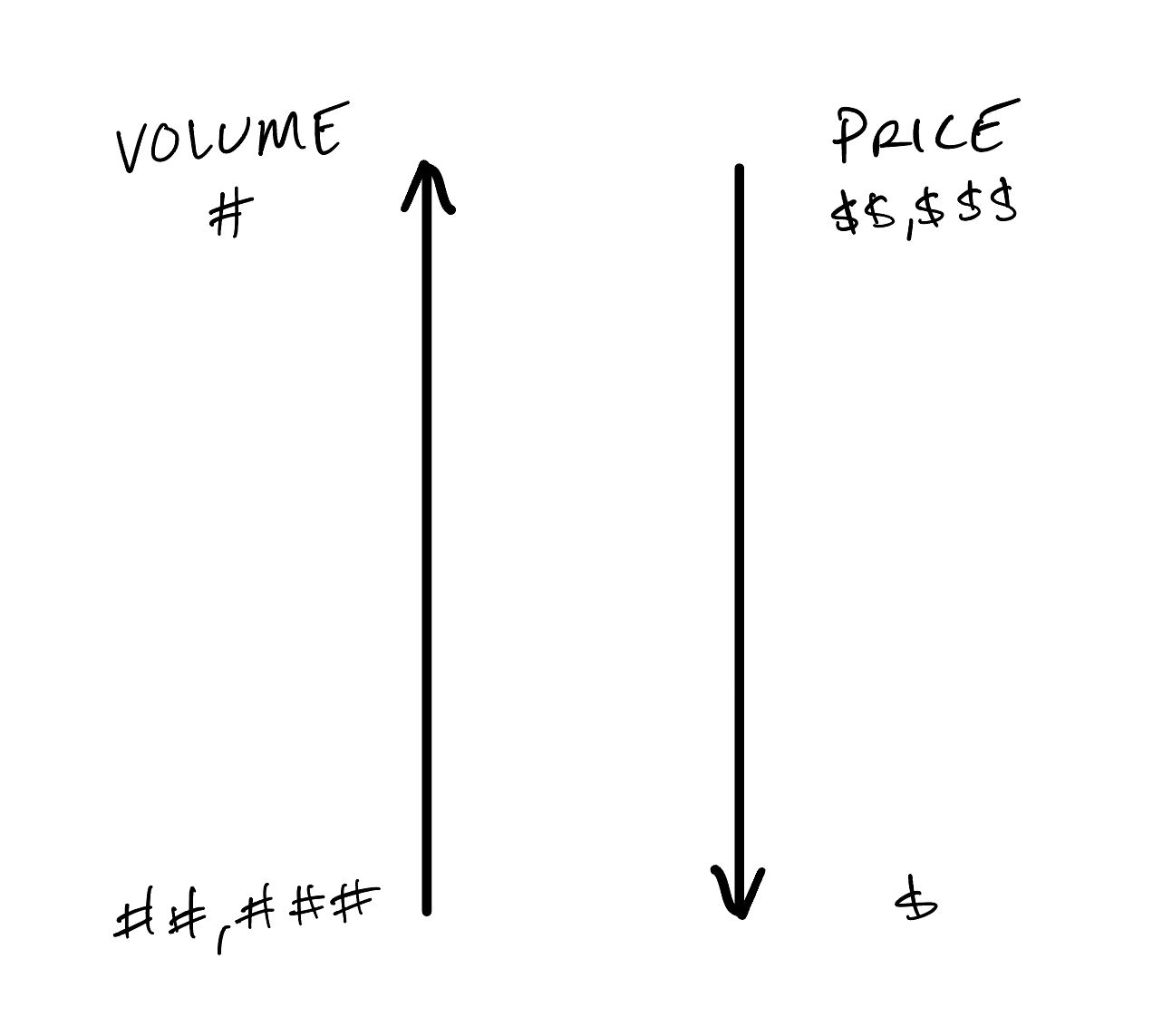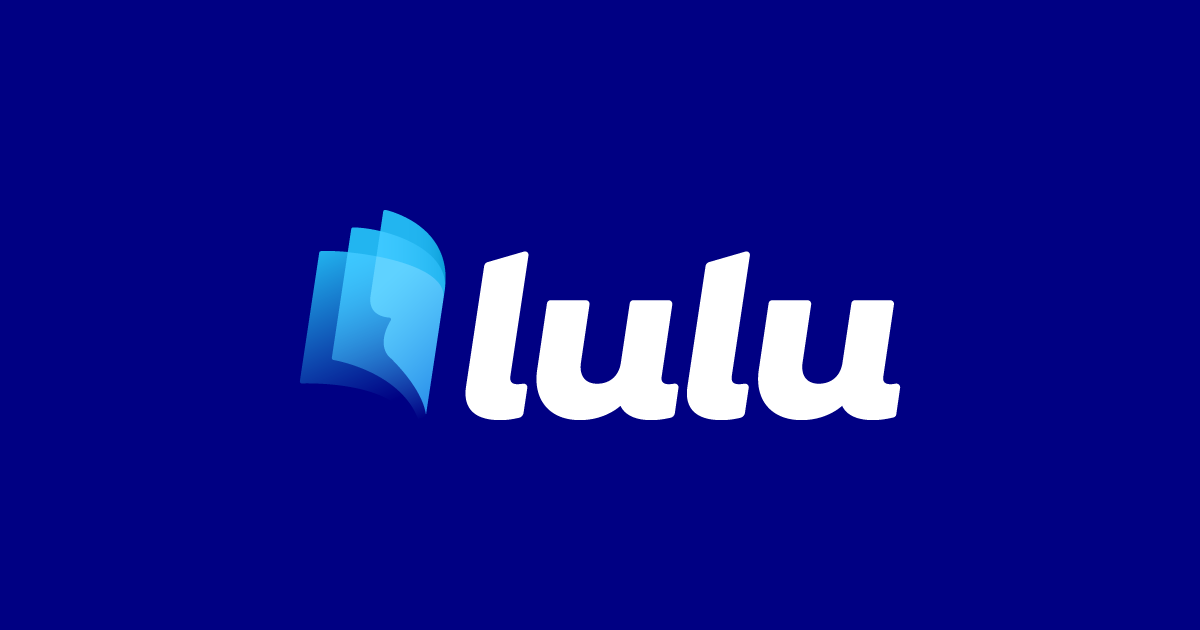What Type Of Business Are You Building?

Many businesses are limited by their business model as much as they are by their leaders’ mindset.
Say you want to build a seven figure business selling courses for $150. How many courses do you need to sell?
6,667.
So using some industry standard conversion rates, let see how big of an audience - or how much traffic - you need to sell that many courses every year.
Most digital businesses sell to, or “convert”, around 1-2% of their audience. Let’s be conservative and call it 1%. That means 1% of the people that visit your website will buy.
That means that you need 666,700 people per year to visit your website. Which, for those who love numbers like I do, works out to be just over 55,000 people per month, or 12,800 people per week, or 1,800 people per day.
Yet, most business owners I know selling $150 digital products get essentially zero people per day.
Their business model is holding them back. They don’t have a mechanism to get traffic to a sales page, so they don’t have any sales.
If this is you, don’t worry, we’ll talk about the systems you need to build to have consistent sources of traffic and sales in your business later in the book.
Let’s look at one other example. Take a business that charges $2,500 to $10,000 for a video. In order to make seven figures, they need to do between 100 to 400 videos per year.
Yet, many of these businesses only have two or three people working in them. Most videos take at least a week - if not a month or more - to complete. There simply aren’t enough “person hours” in a week, a month, or a year to ever do 100, let alone 400, videos per year. This business is maxed out at 25 videos per year, which means they’ve capped themselves at between $62,500 and $250,000 per year. That doesn’t make for a great business if you’re trying to take care of two or more people.
As you’ve been reading this, it’s likely very simple for you to see the problems inherent in these business models.
Without traffic, you won't have sales. Without enough time or people, you’re limited in how much you can deliver. Obvious.
So what is the constraint in your business that’s holding you back? And what about your business model doesn’t make sense when you put it down on paper like this.
The principle here is that your offers dictate your business model. If you sell five-figure offers, your business model is very different from someone who is making $0.0004 per stream from their music online.
To visualize this, we have two sides of the equation, volume and pricing, and it looks like this:

If your business sells $50,000 offers, it’s rare that you’ll find that customer on social media. The’ll be one in 100,000, so to sell 20 of those a year, you’ll need an audience of 2,000,000 or more, or the equivalent amount of traffic to your website.
Or, you can be more targeted with your marketing and outreach, only spend time and focus on your right fit clients (more on that later as well), and have a much smaller audience of a few hundred.
The time it takes to get someone to buy a $50,000 offer is much longer than posting a snippet of your new song on social media and getting a percentage of people who see it to go and stream it.
If you have high-value offers, you need to build systems that engage people for longer, build deeper levels of trust, and have people that understand that sort of selling. You’re building a relationship business, not a volume business.
On the flip side, if your business has lower-priced offers, you need volume. You need to be building an audience, ideally on email as well as social media. This means that you’re putting out valuable content on a regular basis - daily, not weekly - that your ideal clients are attracted to (and that the algorithms like to put in front of more and more of your right fit clients). Alternatively you can drive traffic using ads and sponsorships, tapping into pre-existing audiences of your right fit clients that others have already built.
If you’re struggling to sell enough of your lower-priced offers, it’s likely because you don’t have enough traffic for the math to work out in your favor. If you’re struggling to sell your high-value offers, it’s because you’re trying to do it over social instead of building deeper relationships with people.
Yes, I’m generalizing and simplifying, but you get the point. Your offer informs your business model.
So what type of business are you building? Have you been building something that inherently restricts your growth because you misaligned your outcomes with your business model?
TAKE ACTION
Take a look at your business. What do you sell? What is the price point? Do your marketing and sales systems line up with that price point? Do you have enough leads coming into your business on a consistent basis? Is you business profitable?
Identifying these constraints now will help you as you go through the rest of this book. We’ll remove every single constraint as we go so by the end you’ll have systems that are aligned with the type of business you’re trying to build.

Sponsored By Lulu.com
The team at Lulu has been an incredible partner since I released my last book, Craftsman Creative - How Five-Figure Creators Can Build Six-Figure Businesses.
We've partnered on this next book, Blockbuster, to share the ins and outs, the behind the scenes of writing and publishing a book in public.
To learn more about how Lulu can help you get your book out into the world, visit lulu.com by clicking the button below:
NEXT CHAPTER

PREVIOUS CHAPTER



Member discussion